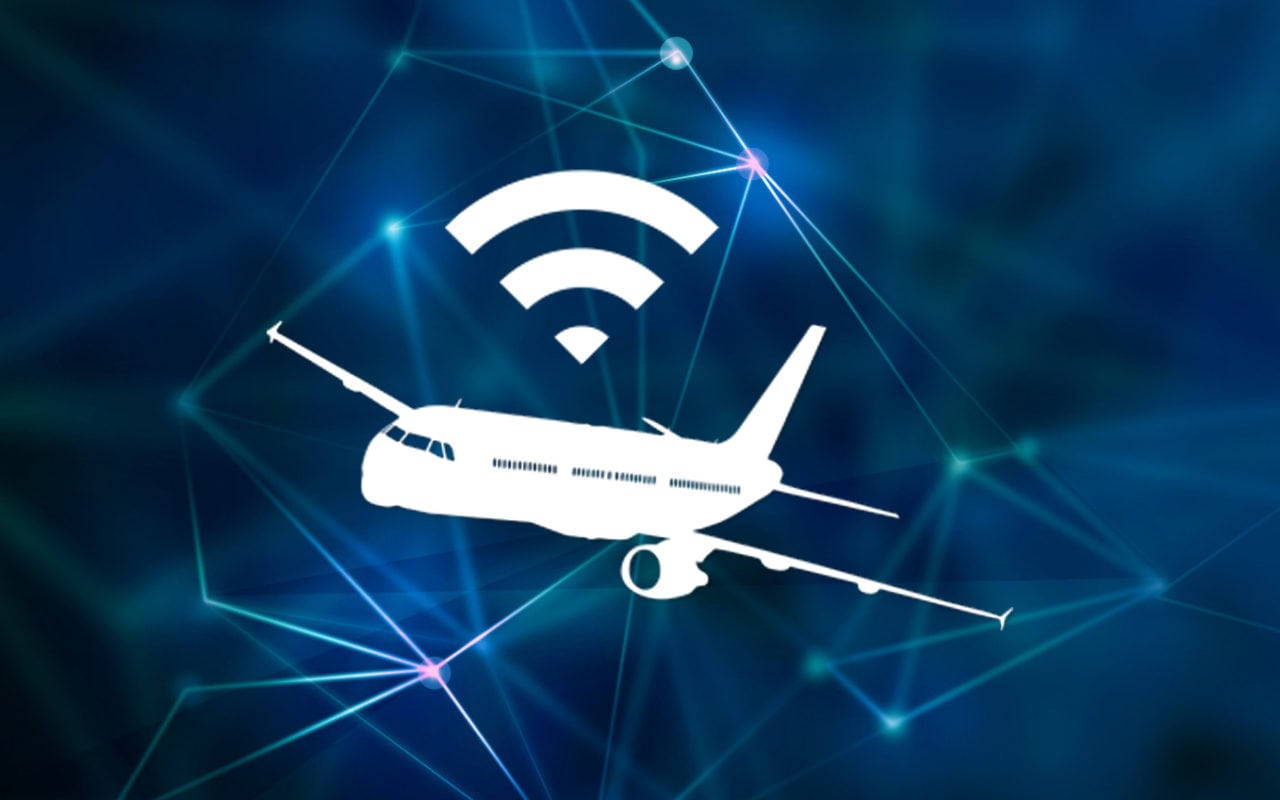 The latest available data from FAA shows that 18 percent of all U.S. registered ADS-B equipped aircraft have non performing equipment (NPE). Here, we provide a breakdown of the most common installation errors and what the agency is doing to address them.
The latest available data from FAA shows that 18 percent of all U.S. registered ADS-B equipped aircraft have non performing equipment (NPE). Here, we provide a breakdown of the most common installation errors and what the agency is doing to address them.
As of July 1, 2017, a total of 38,182 U.S. registered aircraft have been equipped with ADS-B avionics that are compliant with Federal Aviation Regulation 91.227. Out of that total, 5,952 are classified as NPE aircraft. The issue is higher among general aviation fixed-wing aircraft, as the FAA’s avionics performance data shows 27,785 U.S.-registered GA aircraft have equipped with ADS-B. 3,304 of those are NPE aircraft. Outside the U.S., 26 out of the 745 are NPE.
What’s causing these aircraft to be classified as NPE? There’s a range of different factors, according to James Marks, a member of the FAA’s flight standards service aircraft maintenance division and leader for the FAA’s ADS-B Focus Team. One of the biggest NPE problems the FAA is seeing right now is associated with invalid 24-bit ICAO aircraft addresses.
“What we see a lot of times is aircraft have systems installed and begin operating with what are typically factory default codes,” Marks said during a recent webinar providing the industry with latest available information on ADS-B upgrades.
The most common incorrect installation codes the FAA is seeing include the following:
• 000000
• 000001
• 123456
• A00000
• FFFFFF
According to Marks, some of these are the result of errors during the ICAO configuration process required as part of installing new ADS-B equipment. Multiple aircraft with ADS-B installations have been reporting these addresses, which could lead to hazardous conditions.
“That becomes a concern when we have two aircraft transmitting the same data flying near one another or within the same ATC,” said Marks. “The ground automation system can’t distinguish between those two aircraft, which presents a problem to controllers.”
Another common installation issue the FAA is witnessing is associated with air-to-ground determination issues, where aircraft are on the surface of an airport but transmitting airborne data. Most of these issues occur with aircraft that use an automated function to determine whether it’s on the ground or airborne, usually using a GPS. The FAA recently established a special committee specifically focused on dealing with this issue.
Ric Peri, VP of government and industry affairs for the Aircraft Electronics Assn., told Avionics there are also air/ground determination issues associated with installation checks that occur after ADS-B installations are complete.
“The air/ground determination issues also show during post installation checks. The installers without following the proper procedures and using proper test equipment will inadvertently allow the ADS-B OUT system to ‘pop-up’ into the traffic pattern at their airport causing traffic conflicts and, in some cases, has caused flights to initiate a go-around,” said Peri. “This is not a simple radio or transponder. It is a programmable computer; failure to program it properly will result in improper operations.”
Marks said the post ADS-B installation inspection helps, but there have also been issues within the design of ADS-B avionics equipment. Some manufacturers have released software updates to address these errors.
More installation issues also exist regarding incorrect emitter category settings, with some aircraft categorized by the FAA as “light,” or weighing less than 15,500 pounds incorrectly transmitting as “small” category aircraft, or between 15,500 and 75,000 pounds.
Marks and the FAA’s ADS-B Focus Team has been increasing its engagement with the industry, such as at trade shows like the Experimental Aircraft Assn.’s AirVenture air show in OshKosh, Wisconsin, this week.
A tool that the FAA also recommends using is its Public ADS-B Performance Report (PAPR) tool, which can validate the performance of newly installed ADS-B Out equipment within 30 minutes of a flight occurring in the ADS-B coverage map. Owners and operators can also email the FAA to request performance reports and other information at this email address: [email protected].